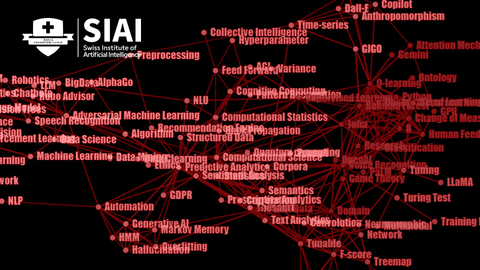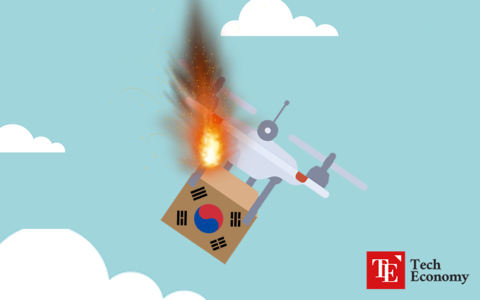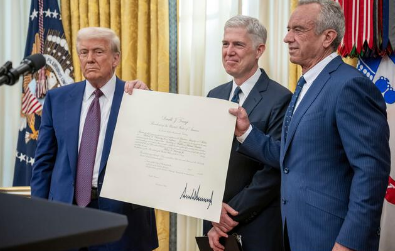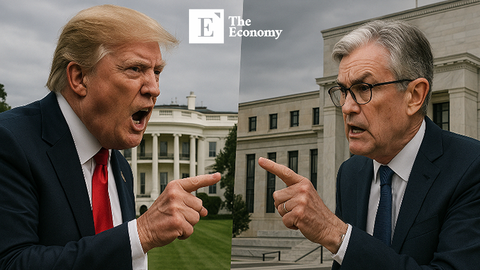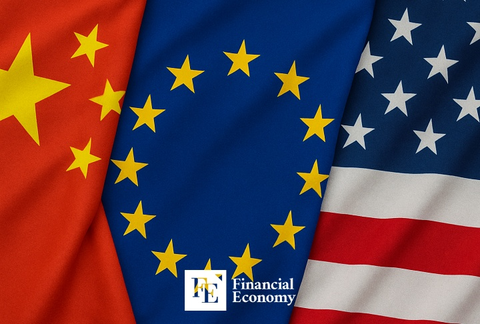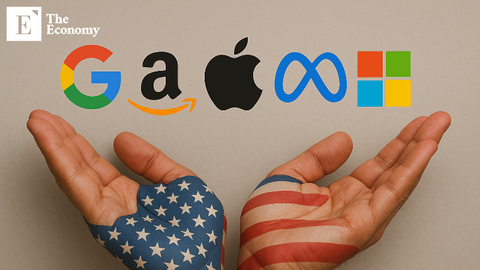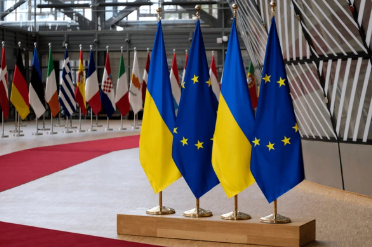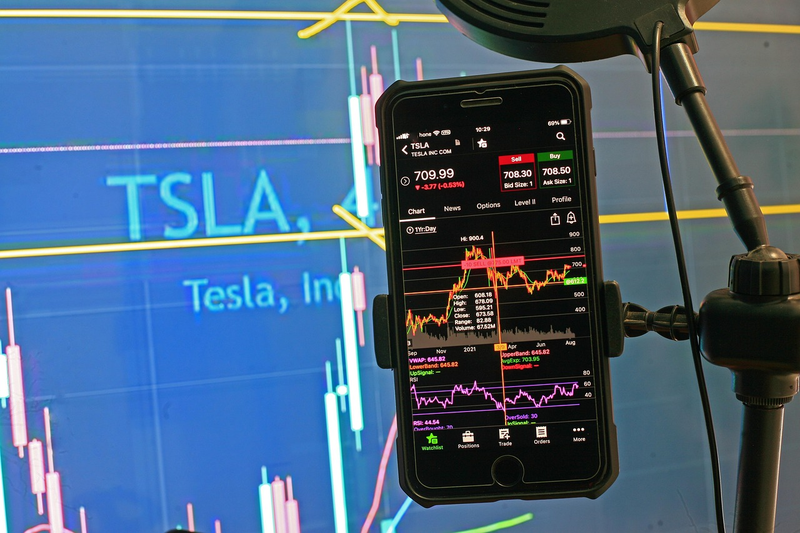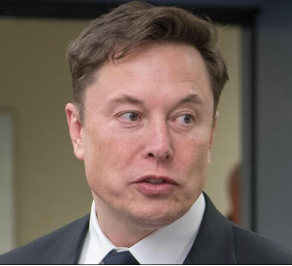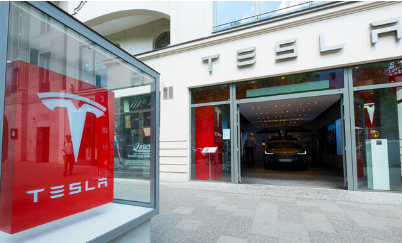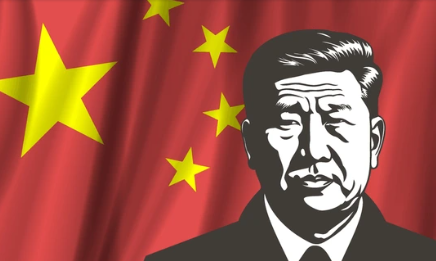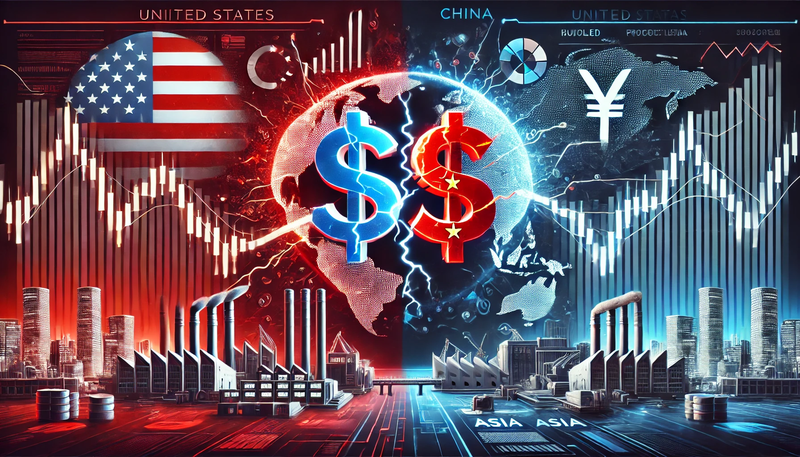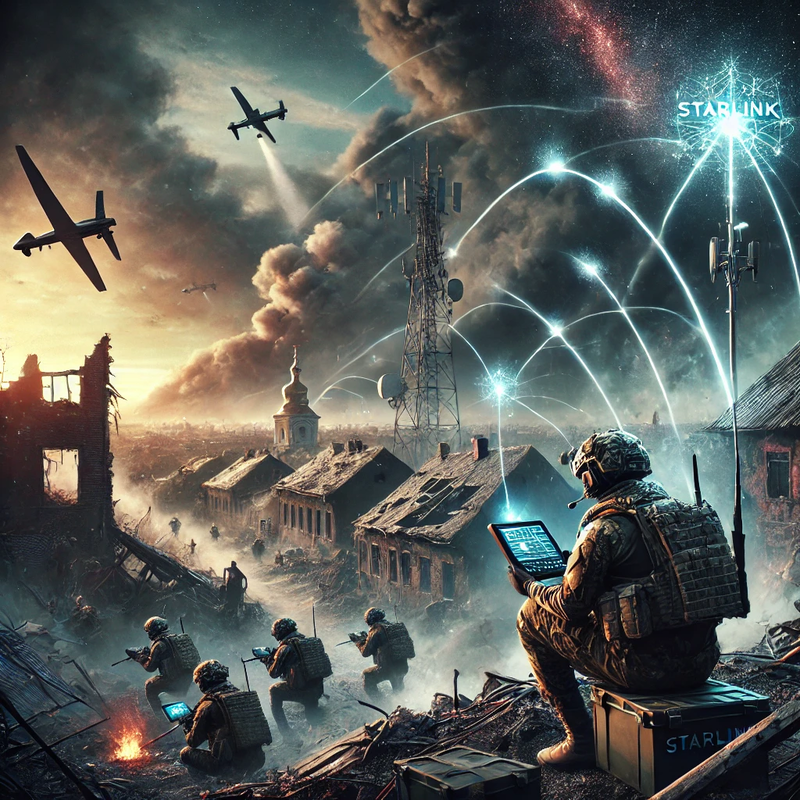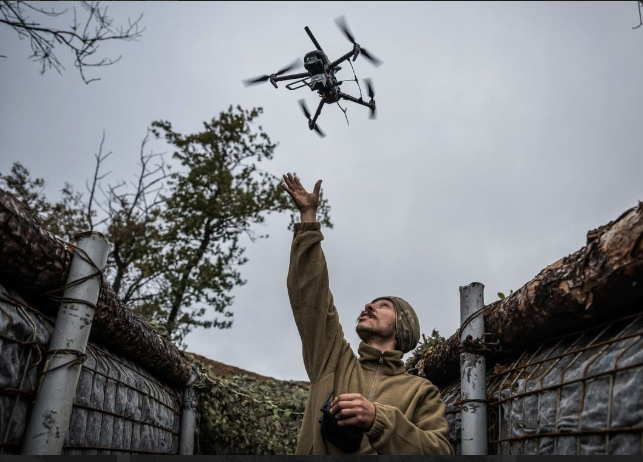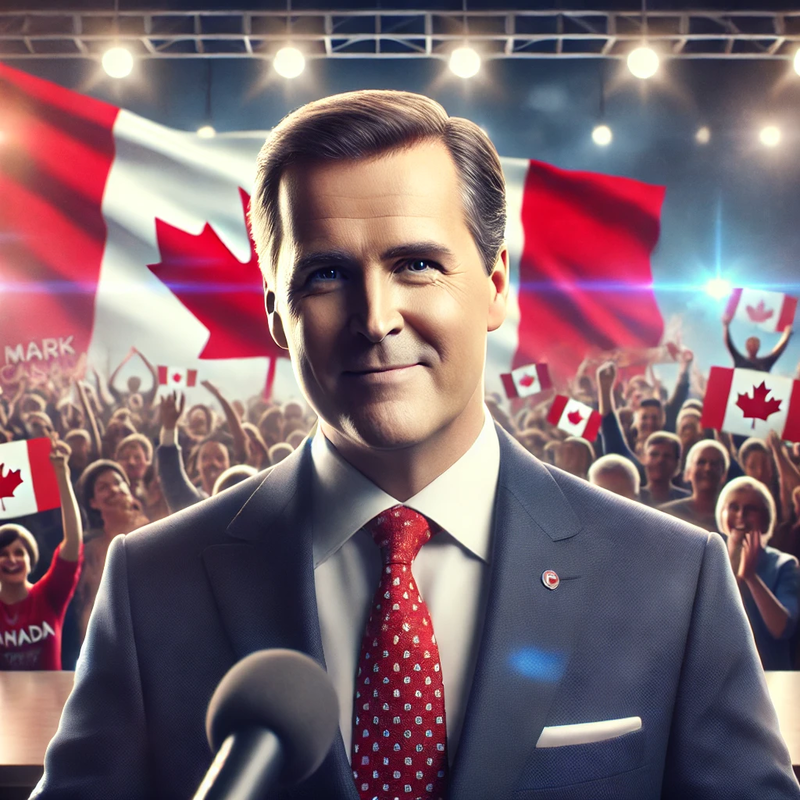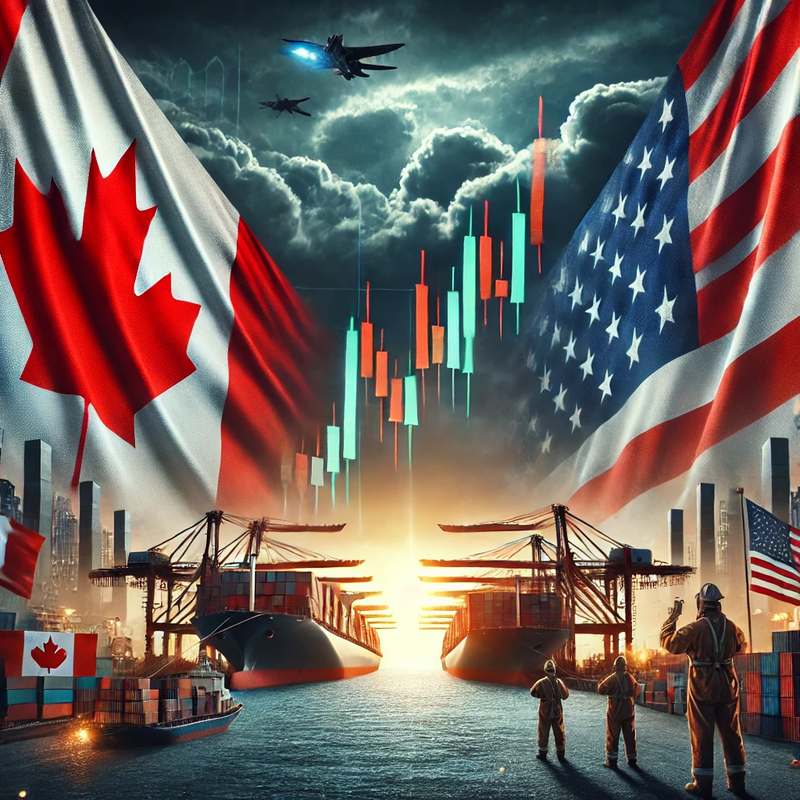Beyond STEM MBAs: The Real Value of SIAI’s Business Track
Published
Modified
Over the past few years, there has been a growing trend of STEM MBAs—business programs that integrate basic AI, analytics, and coding to appeal to professionals interested in tech-driven industries. While these programs may sound promising, in reality, most STEM MBAs provide little more than bootcamp-level technical training, leaving graduates with surface-level AI knowledge and little ability to differentiate real AI innovation from hype.
At SIAI, we took a different approach. Instead of trying to turn business professionals into mediocre AI engineers, the MBA business track is designed to develop leaders, investors, and strategists who deeply understand AI/DS projects without needing to be coders themselves. This track is not about learning how to code—it’s about learning what truly defines AI and how to make high-level decisions in AI-driven industries.
The Core Differentiator: Real Exposure to AI/DS
The biggest misconception about AI/DS business education is that adding some Python, SQL, or AI case studies to an MBA makes it ‘AI-literate.’ That is not the case. SIAI’s business track is different because it provides real exposure to how actual AI/DS projects are built, researched, and implemented.
- Understanding the AI/DS workflow: Business track students work alongside technical track students to see what real AI work looks like, ensuring they can assess technical teams and projects effectively.
- Distinguishing real AI from marketing gimmicks: Unlike traditional MBAs, where students may accept AI at face value, SIAI business students learn to challenge claims, ask the right questions, and recognize when AI is being used as a buzzword rather than a real innovation.
- Deep case studies of AI startups and failures: Instead of vague AI business trends, students analyze real AI companies—both successful and failed—learning why some AI businesses succeed and why others collapse under hype.
Breaking the AI Illusion: Case Studies That Challenge False Beliefs
Many business professionals and executives today have a false belief that AI is a kind of magic—something that can be applied to any business problem with instant success. One of the key objectives of SIAI’s business track is to break these illusions and teach students how to separate reality from hype.
To achieve this, students engage in case studies such as:
- "Evaluating an AI Startup’s Real AI Capability" – A deep dive into how investors and business leaders can assess whether an AI startup has actual technical substance or is simply selling buzzwords. This includes examining the startup’s tech stack, team composition, and data pipeline to detect red flags.
- "How to Handle Your AI-Believer or Deep Learning Maniac Boss?" – A practical guide on how to deal with executives or investors who have unrealistic expectations about AI. Students learn how to communicate AI’s real capabilities and limitations using strategic reasoning rather than technical jargon.
- "Why AI Startups Fail: A Post-Mortem Analysis" – A comparative study of AI startups that succeeded vs. those that failed, analyzing what went wrong in business execution, technology scalability, or investor misjudgment.
Unlike the technical track, which breaks the AI illusion through math and code, the business track does so through critical analysis, case studies, and strategic reasoning.
Why This Matters for Venture Capital and Private Equity
One of the most valuable career paths for business track students is AI-focused investment—whether in Venture Capital (VC), Private Equity (PEF), or AI-driven corporate strategy. However, the problem today is that most investors lack the technical depth to properly evaluate AI startups and investments.
Many VCs and PEFs invest in AI companies based on networking and news-driven hype rather than real technical evaluation. This has led to a cycle of funding low-quality AI startups while overlooking companies that have true AI potential.
SIAI’s business track directly addresses this gap by training students to:
- Identify which AI/DS teams are technically competent.
- Assess the scalability and economic viability of AI models.
- Avoid common investment mistakes in AI and deep-tech sectors.
- Guide AI companies with better strategic insights than traditional MBAs.
In fact, GIAI, the mother institution of SIAI, has plans to launch its own investment vehicles in AI, including both a hedge fund (for computational finance) and a VC/PEF firm (for AI startups and deep-tech investments). Business track students who complete this program will be far better prepared for real-world AI investment decisions than their counterparts from traditional MBA programs.
Breaking Away from the Bootcamp-Style AI Education Model
Many business students mistakenly assume that learning basic AI development in a bootcamp-style MBA makes them AI experts. In reality, most AI bootcamps and business-oriented AI courses:
- Teach outdated or simplified AI techniques that don’t reflect real industry practices.
- Fail to distinguish between software engineering and AI/DS research.
- Provide surface-level coding exposure rather than deep conceptual understanding.
SIAI’s business track is designed to help students escape this flawed educational model by focusing on real AI exposure, deep case studies, and an investment-oriented mindset rather than shallow technical training.
Conclusion: AI Business Leadership That Matters
SIAI’s business track isn’t for those who want to ‘add AI to their resume’ without truly understanding it. Instead, it’s for those who want to be credible leaders in AI-driven industries, whether in investment, strategy, or entrepreneurship.
With AI transforming every sector, the market no longer needs more business professionals with superficial AI knowledge—it needs business leaders who can differentiate real AI from hype, support technical teams effectively, and make investment decisions that shape the future of AI.
For those who are ready to go beyond traditional STEM MBAs and bootcamp-style AI education, SIAI’s business track provides the foundation for making meaningful contributions in AI/DS-driven industries.

